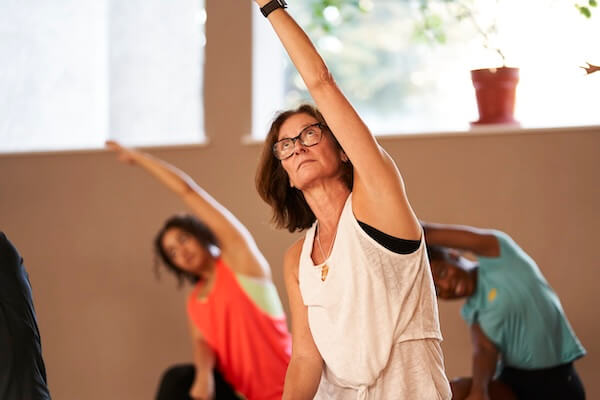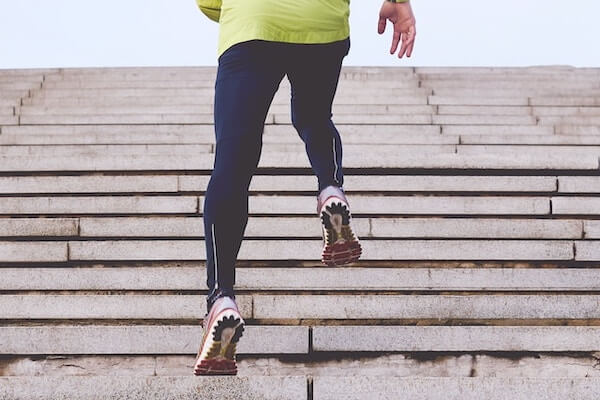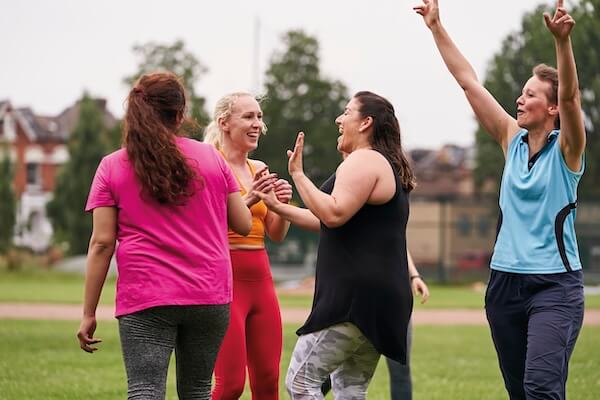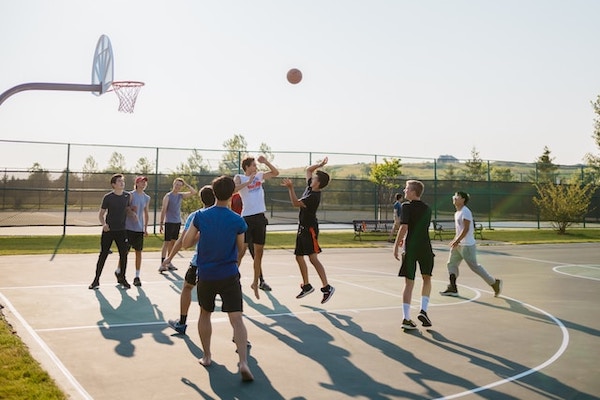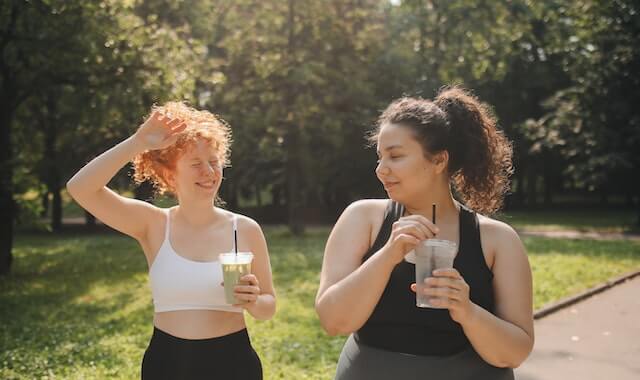
A recent study by the University of Queensland, drawing on data from the UK Biobank, has shed light on how access to greenspaces can positively impact vitamin D levels and overall health. For Australians, where sunny days are plentiful but greenspaces are not always evenly distributed, this research underscores the importance of accessible natural environments in promoting health and well-being.
Why Vitamin D Matters
Vitamin D plays a crucial role in our health. It supports strong bones by aiding calcium absorption and helps regulate hundreds of genes involved in critical cellular processes. Deficiencies in vitamin D have been linked to health issues such as osteoporosis, heart disease, cancer, and diabetes. Since sunlight is the primary source of vitamin D, spending time outdoors is essential for maintaining healthy levels.
The Greenspace-Vitamin D Connection
The study found that people living in areas with more greenspace had higher levels of vitamin D. Participants with the most greenspace within 1,000 metres of their homes were 36% more likely to have sufficient vitamin D levels compared to those with the least greenspace. This connection was partially explained by increased time spent outdoors and higher levels of physical activity in greener areas.
Interestingly, the benefits were most pronounced for males and individuals living in socioeconomically disadvantaged areas. This suggests that access to greenspace could help reduce health inequities by offering a natural and cost-effective way to boost vitamin D levels and improve overall health.
What Does This Mean for Australians?
For Australians, this research highlights the importance of greenspaces, not just as places for recreation but as essential health resources. Here are a few takeaways:
-
Greenspaces Encourage Outdoor Activity: Whether it’s a walk in the park, a game of footy, or a yoga session on the grass, greenspaces promote physical activity, which in turn increases exposure to sunlight and vitamin D levels.
-
Health Equity: Expanding greenspaces in urban and low-income areas could help bridge the health gap for communities that have limited access to nature.
-
Policy Implications: Local councils and governments can play a role by creating and maintaining accessible greenspaces, ensuring everyone has the opportunity to benefit from the health advantages they offer.
-
Incorporate Greenspaces Into Your Routine: Even short daily visits to your local park can make a difference to your health, so make time to soak up the sun in nature whenever possible.
A Call for Greener Cities
This research adds to the growing evidence that greener cities are healthier cities. By integrating more greenspaces into urban planning and encouraging outdoor activities, we can address vitamin D deficiencies and improve mental and physical well-being across the population.



